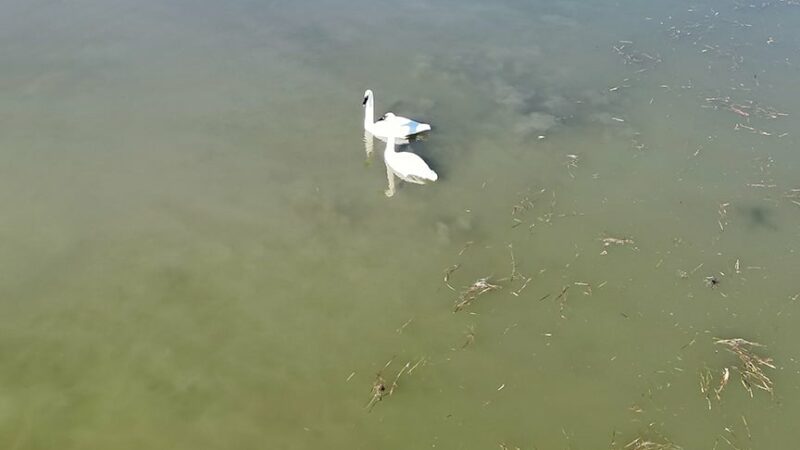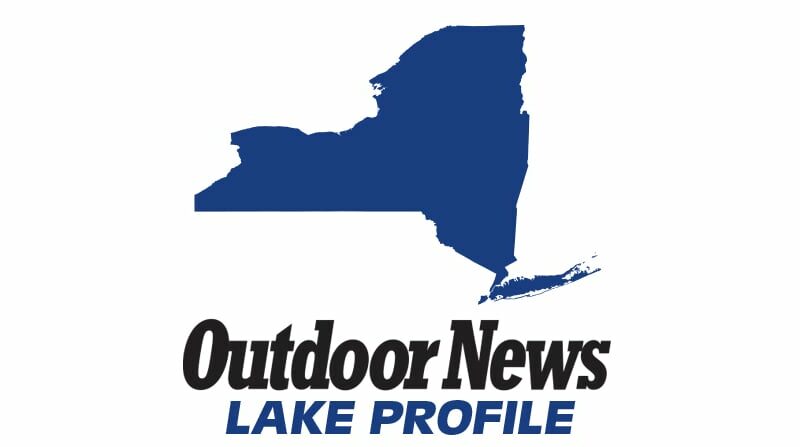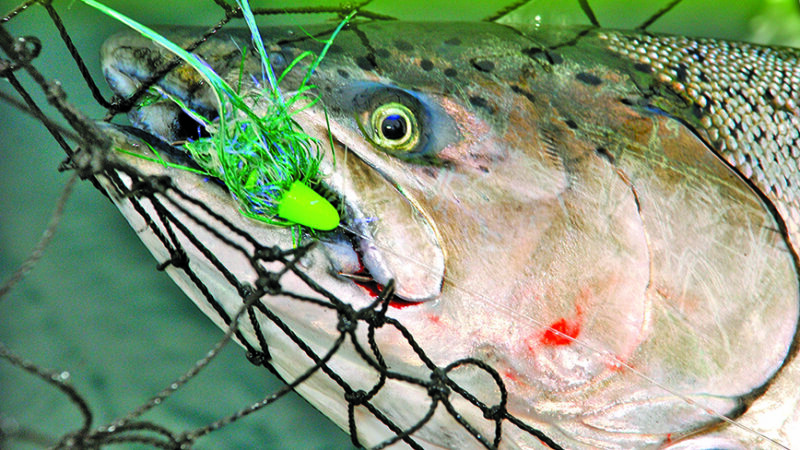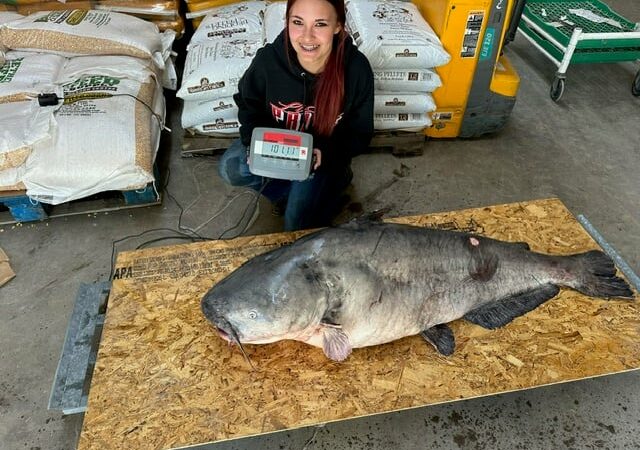Canada Lynx are thriving in Minnesota’s Arrowhead…for now – Outdoor News
Superior National Forest’s Wildlife Biologist Dan Ryan slows the Forest Service SUV down and pulls over to the edge of the snow-packed road. Getting out of the vehicle, he takes a closer look at some animal tracks crossing the road and trailing off into the spruce trees.
Keyhole-shaped impressions in the two-day old snow give away the travels of a Canada lynx (Lynx canadensis).
As he follows the tracks into the trees, he determines the lynx was not alone. There are snowshoe hare tracks too, weaving in and out of the dense underbrush.
As he looks closely in the snow, he is led to follow the lynx prints deeper into the boreal forest. He is looking for evidence that will provide a window into the lives of lynx in northern Minnesota. After about 15 minutes of post-holing through the snow and pushing through dense brush getting covered with snow, he finds what he was searching for – lynx scat.
Canada lynx are highly adapted for traveling and hunting over snow. Their fur-covered paws are large for their body size and function like snowshoes.
MORE COVERAGE FROM OUTDOOR NEWS:
Minnesota DNR finalizes trapping rule changes to minimize accidental take of lynx
Hunter-reported harvest thought to be a coyote in Michigan’s Calhoun County was a gray wolf
Red Lake-area residents in Minnesota work to fend off tribal land-transfer bills
Averaging 20-30 pounds, lynx eat animals such as red squirrels and grouse, however snowshoe hares make up most of their diet. If climate change means a future with longer periods of shallower snow, competing predators such as coyotes and bobcats may kill more hares, adding hunting pressure that may depress the hare population, ultimately dragging down lynx numbers as well.
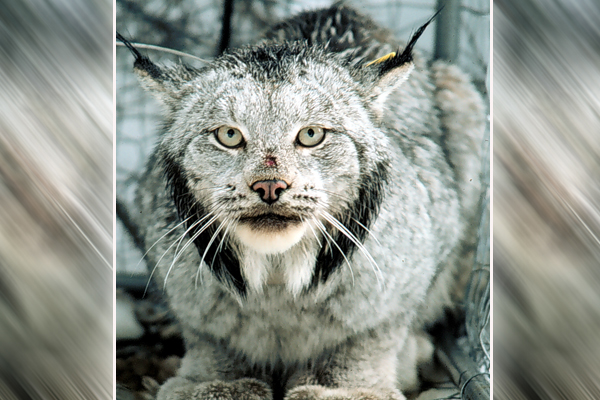
Lynx are broadly distributed across the extensive boreal spruce-fir forests from eastern Canada to Alaska and extend into the lower 48 in Washington, the Rocky Mountains, Minnesota, Maine and a small portion of New Hampshire.
The US Fish and Wildlife Service designated Canada lynx as threatened in the contiguous United States under the Endangered Species Act in 2000. This designation was based solely on the inadequacy of regulatory mechanisms on federal public lands at the time of listing, which is where most lynx habitat occurs.
Since listing, the Superior National Forest has incorporated Canada lynx habitat management into their Forest Plan. Additionally, most of the Superior National Forest is designated Critical Habitat for lynx.
The U.S. Fish and Wildlife Service recently released a Draft Recovery Plan for the species. The Draft Recovery Plan noted that climate change is the greatest threat to lynx.
The Superior National Forest works closely with the local U.S. Fish and Wildlife Service’s Minnesota-Wisconsin Ecological Services Field Office (MN-WIFO) to conserve lynx.
“The Superior National Forest has dedicated a lot of time and funding to monitor lynx on the forest and they have incorporated conservation measures in their forest plan to conserve lynx habitat,” said Betsy Galbraith, acting field supervisor for the MN-WIFO. “The SNF continues to move the needle on lynx conservation with innovative research on lynx and hares through collaborative efforts working with universities, our agency, and other interested partners.”
Snow tracking and other methods used to obtain genetic samples have confirmed presence of Canada lynx across northeastern Minnesota since December 2000 and confirmed reproduction of lynx every year since 2004.
In 2008, the Superior National Forest created, and continues to maintain, a database of genetically confirmed Canada lynx to document their occurrence, persistence, and reproduction in Minnesota.
Genetic samples (typically scat but also hair and tissue) have been collected as part of the Superior National Forest’s survey and monitoring program. These samples are submitted to the USDA Forest Service Rocky Mountain Research Station’s National Genomics Center (NGC) for Wildlife and Fish Conservation for testing.
“This project has been really rewarding. It’s allowed us to use our non-invasive genetic methods to track individuals and family groups through time,” said Kristy Pilgrim, the Supervisor of the NGC, “This helps answer questions about how lynx presence and reproduction patterns are changing over time and supports the forest’s long-term conservation goals for Canada lynx.”
Obtaining population counts for this rare and elusive species is challenging. However, continued snow-tracking surveys and DNA mark-recapture analysis has shown a stable to increasing population over the last six years. The latest annual report on results from this monitoring are here.
Estimates of population size from within a core area representing roughly half of the Superior National Forest show an increasing trend in the population from a low of 43 in 2016 to highs of 109 in 2020 and 136 in 2023.
An expert-derived rough estimate for the total number of Canada lynx in northeast Minnesota is 200 individuals. Climate change may turn the tables on this gray ghost of the Northwoods of Minnesota, thus continued conservation actions and monitoring are paramount.
Canada lynx sightings can be reported to the Minnesota DNR by visiting here.
(Story courtesy of the Superior National Forest / Cheron Ferland and Dan Ryan, Wildlife Biologists)
Source: https://www.outdoornews.com/2024/04/06/canada-lynx-are-thriving-in-minnesotas-arrowheadfor-now/

